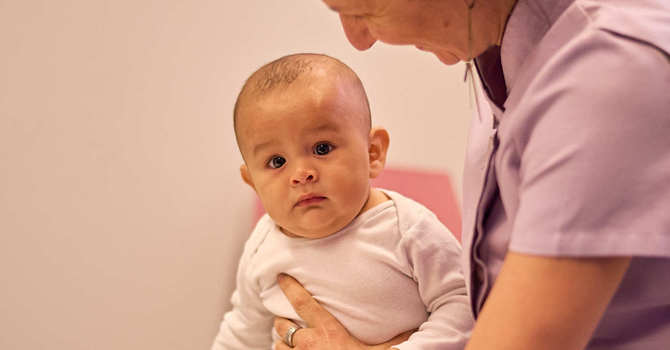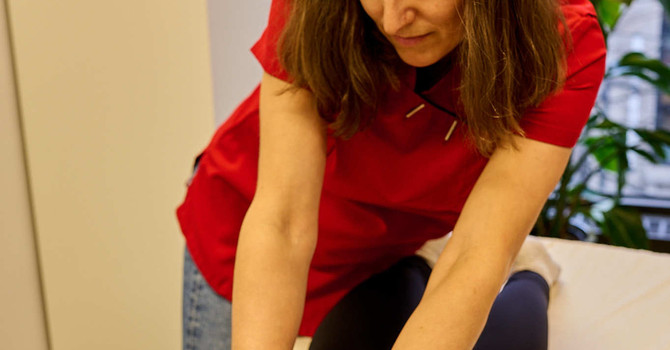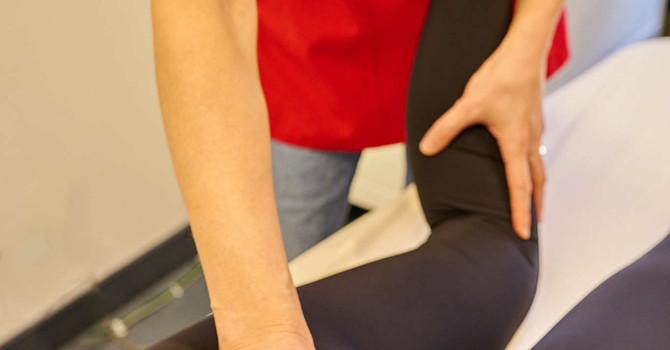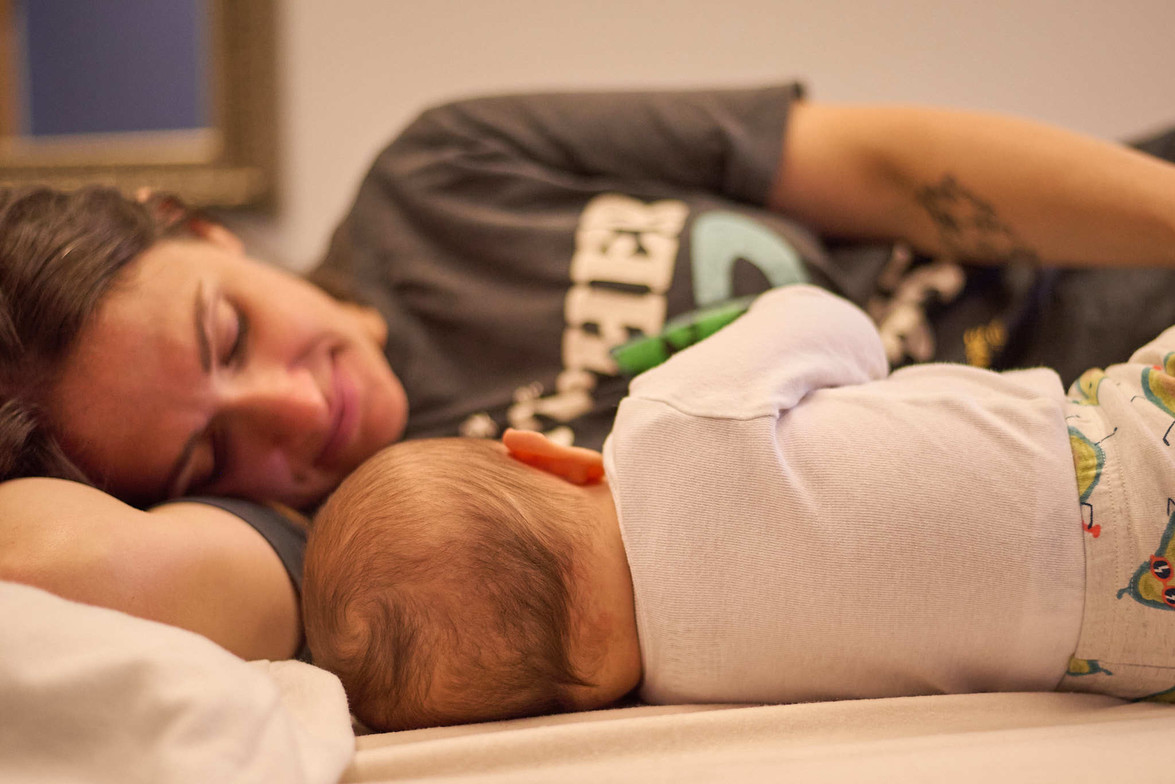
Parents in Downtown Vancouver often notice when their baby’s head shape looks slightly asymmetrical—this condition, known as plagiocephaly or flat head syndrome, is surprisingly common between 4 and 6 months of age. Left untreated, it can have consequences beyond aesthetics, affecting muscular balance, craniofacial development, and even early speech. At Bonjour Osteopathy, we emphasize that manual therapy before 6 months is crucial to improving your baby’s head shape and preventing long-term issues. This blog unpacks what plagiocephaly is, how to recognize warning signs, and why early osteopathic care is your best option.
What Is Plagiocephaly?
Understanding the Basics Plagiocephaly
It refers to the flattening of one side of a baby’s skull caused by prolonged pressure on that area, often due to sleep position or tight neck muscles. Sometimes called “unshaped scalp,” it is most noticeable between 4 and 6 months when babies spend a lot of time lying on their backs.
Common Signs:
Flattened area on one side or back of the head Baby prefers turning head to one side Asymmetrical ears or forehead Possible neck muscle tightness (torticollis) While often considered cosmetic, plagiocephaly’s effects can extend deeper, impacting muscle function, jaw alignment, and even early language skills.
Why Early Manual Therapy Is Crucial Manual therapy by an experienced osteopath can gently mobilize your baby’s neck and spine, addressing restrictions early—well before 6 months old.
Benefits of Early Manual Therapy:
Improves neck muscle balance and mobility Encourages symmetrical head shape development Supports normal spinal movement and alignment Prevents compensations that affect chewing, swallowing, and speech “We saw significant improvements after just a few sessions with Lucile,” says Marie, a Vancouver mom. “Her manual techniques helped our baby turn his head more easily and his head shape became rounder.”
Checking Neck Muscle Tension and Movement
A key part of assessment at Bonjour Osteopathy is evaluating whether your baby’s neck muscles are tense or tight, which often contributes to plagiocephaly. How We Assess: Palpate neck muscles to detect tightness or imbalance Observe how freely your baby can turn and tilt their head Look for signs of torticollis (head tilt or preference) Muscle tension can limit your baby’s ability to reposition their head independently, leading to continuous pressure on the same spot.
Why Head Mobility Matters
Beyond muscle tension, we carefully evaluate how your baby’s cervical spine moves. The vertebral column’s flexibility and alignment are vital for free head movement. What we look for: Range of motion in neck joints Symmetry of spinal segments Restrictions that may cause compensatory movement patterns Restrictions can cause your baby to favor one side, worsening flattening and possibly affecting posture later.
The Bigger Picture — Consequences of Untreated Plagiocephaly
While parents may initially worry about the flat shape, the effects of plagiocephaly can ripple through multiple systems: Potential Consequences: Dental misalignment: Uneven jaw growth can cause bite issues Muscle tension in the throat and neck: Impacting swallowing and early speech development Linguistic functions: Restricted movement may delay or affect language acquisition Musculoskeletal problems: Poor posture, spinal compensation, and chronic tension A study in Pediatrics showed that infants with untreated torticollis and plagiocephaly were more likely to develop motor delays compared to those who received early treatment.
Comparing Treatment Options:
Manual Therapy vs. Helmet Therapy Treatment Option Manual Therapy Helmet Therapy

How Bonjour Osteopathy Supports You and Your Baby
Located in Downtown Vancouver, Bonjour Osteopathy specializes in gentle pediatric manual therapy to help your baby thrive. What sets us apart: Personalized hands-on assessments Focus on whole-body balance, not just the head shape Guidance on positioning and exercises for parents Multilingual care in English and French
“Our goal is to give families peace of mind and the best start for their little ones,” says Lucile Delorme, CEO of Bonjour Osteopathy. “Early manual therapy is a gift to your child’s future health.”
Bonus Tips: How Parents Can Help at Home Alternate your baby’s head position during sleep (always safe and per pediatric guidelines) Encourage supervised tummy time daily Gently assist head turning during awake moments Follow advice from your osteopath about exercises. For practical tips and tutorials, check out our Instagram page where we regularly share helpful videos for parents.
Summary: What to Watch for with Plagiocephaly
Key Sign What It Means Action Flat spot on head Pressure-related skull shape Book an osteopathy assessment Neck muscle tightness Limits head movement Manual therapy can help Head turn preference Risk of worsening asymmetry Gentle repositioning + therapy Feeding/swallowing issues Possible muscle tension Early intervention needed
External Resources for Parents American Academy of Pediatrics: Plagiocephaly Mayo Clinic: Torticollis in Babies
Final Thoughts: Don’t Wait
Early Intervention Is Key
If you notice signs of plagiocephaly or your baby prefers turning their head only one way, early manual therapy can make all the difference. The window before 6 months is ideal to harness your baby’s natural growth and plasticity. At Bonjour Osteopathy, we combine expert hands-on treatment with compassionate care tailored to Downtown Vancouver families. Ready to support your baby’s healthy development? Contact us today at bonjour-osteopathy.ca for a pediatric assessment.
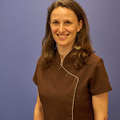
Lucile Delorme
Contact Me
